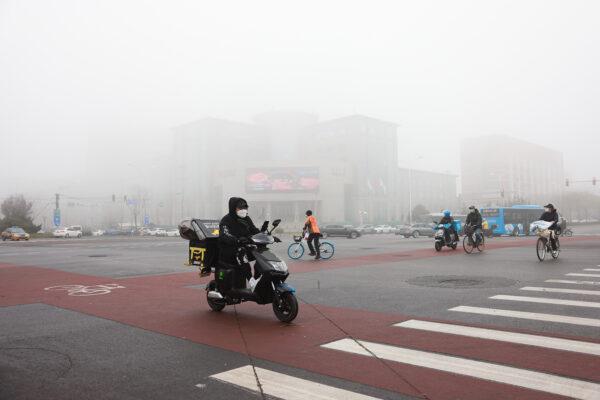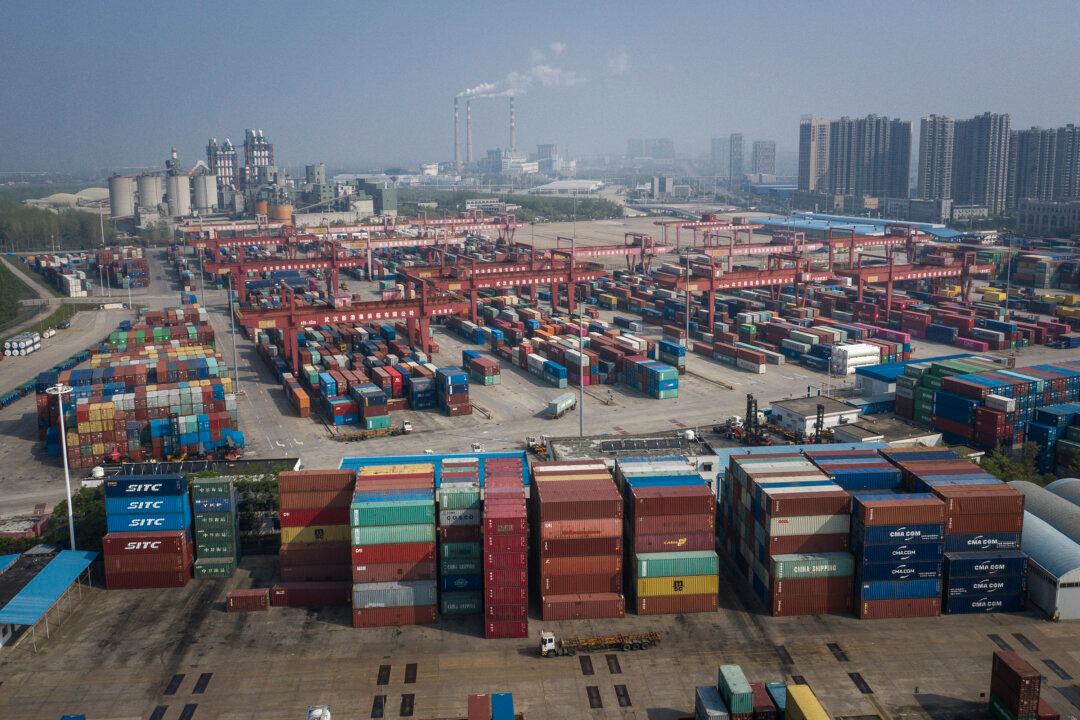As with many other nations these days, a tension exists in China between climate and pollution considerations on the one hand and the desire for economic growth on the other. Though Beijing has assured the international community any number of times that it sincerely aims to decrease pollution and cut back on emissions of greenhouse gases, its actions have spoken louder than its words and show that China’s leadership has prioritized growth, and with the heavy use of coal no less.
When it comes to climate and pollution, Beijing has said all the right things. In November 2021, Chinese leader Xi Jinping with considerable fanfare assured the United Nations (U.N.) that his country would reach complete carbon neutrality by 2060. At the same time, he pledged that China would significantly reduce coal consumption by 2026–30, though he failed to quantify exactly what he considered significant. His assurances meant a lot to those battling climate change because China is the single biggest emitter of greenhouse gases in the world, accounting for more than one-quarter of all global emissions, roughly twice the amount from the second largest emitter, the United States.

Other news, however, tells a much less accommodating climate picture. Emissions, for instance, rose in 2022 some 2.2 percent, a remarkable jump considering that zero-COVID lockdowns kept overall real growth to a slow 3.0 percent. The implication is that for all the development of wind, solar, and other clean energy sources, the Chinese economy’s carbon intensity shrank a mere 0.8 percent, hardly consistent with the lofty goals presented to the U.N. in 2021.
Still more troubling from a climate perspective is China’s ongoing surge in the construction of coal-powered electric generating plants. In a recent interview, analysts at the Center for Research on Energy and Clean Air told the UK’s Guardian newspaper that in the last year, China has on average granted permits for two new such power plants a week. That is more than six times the total of the rest of the world combined and exceeds China’s previous building surge in 2015 when Beijing, to stimulate economic activity, granted local governments authority to borrow for just such a purpose.
Last year in China, coal consumption rose 4.3 percent despite the slow pace of overall economic growth. The increased use of coal occurred even as oil consumption fell 3.1 percent and natural gas use fell 1.2 percent. Despite the rise in clean energy’s contribution to the total, coal still generated over 56 percent of China’s electricity. It is then not surprising that of the 339 Chinese cities tested for air quality, more than one-third failed.
Against this picture, it is hard to believe that Beijing is sincere about its emissions and clean air goals. There is no suggestion here that China’s leadership is or was lying, though it has lied with alacrity in the past. Rather, this situation is simply China’s response to a reality that has unfolded since Xi made his promises in 2021.
Back then, Beijing had every reason to expect a rapid end to the plague of COVID and so an equally rapid return to the impressive growth rates of earlier years, both domestically and globally. Such a world would naturally bring a surge in the sales of Chinese-manufactured wind and solar equipment as well as electric vehicles. The attending increased wealth would allow China to build more green energy facilities and if not meet Beijing’s ambitious emission goals, at least approach them.
But in just the last couple of years, the picture has changed dramatically. China’s underlying growth pace has slowed—due to COVID, due to severe financial problems in local governments and property developers, due to the outright shrinking of the nation’s workforce, due to efforts by the United States to decouple from China trade. Even with the end of zero-COVID lockdowns, the best Beijing expects for 2023 is 5.0 percent real growth. Those in power no longer have the luxury of naturally rapid advances in the nation’s prosperity. Since they must deliver prosperity anyway, they, despite their climate promises, have clearly turned to coal-fired plants.




